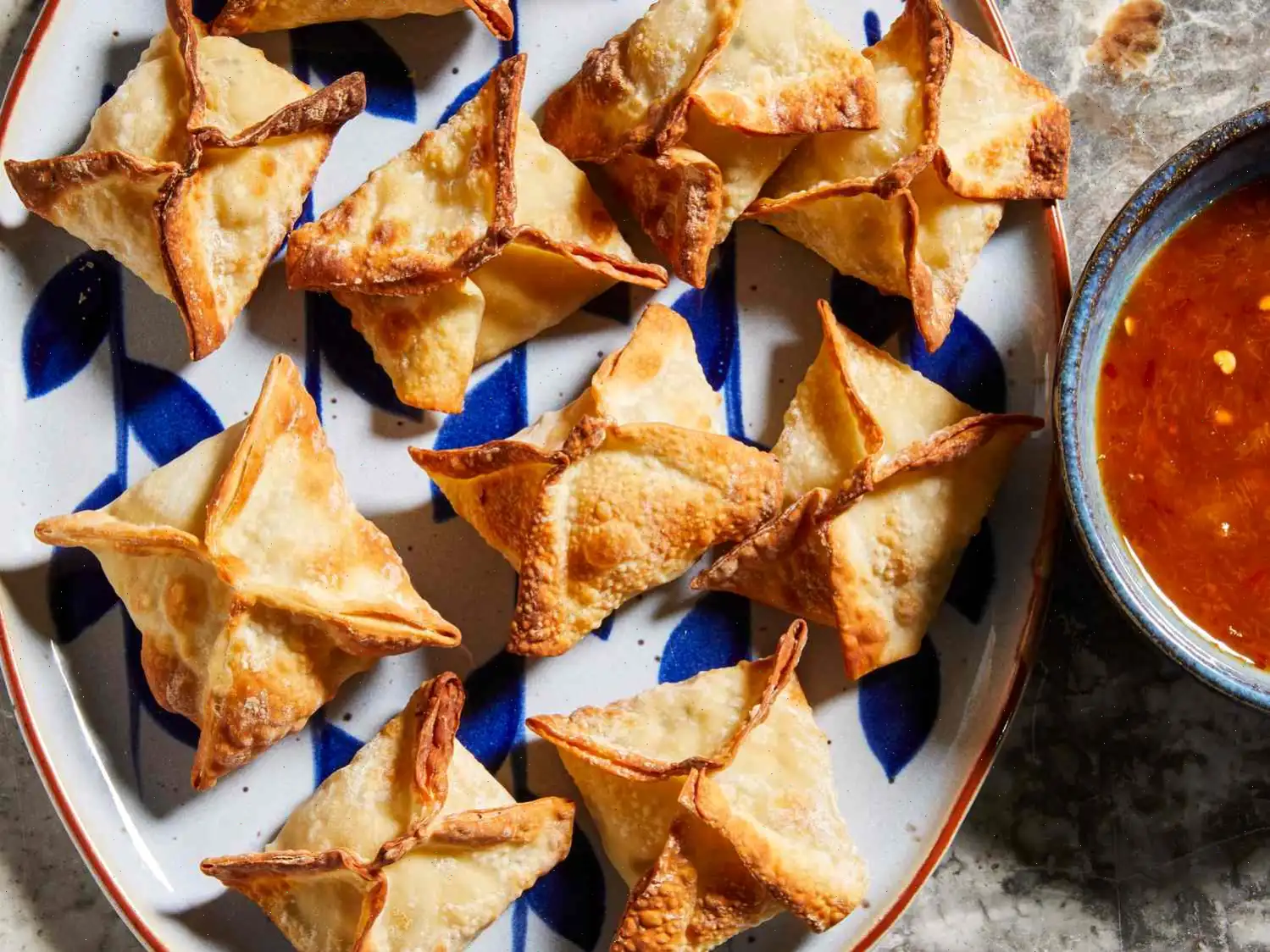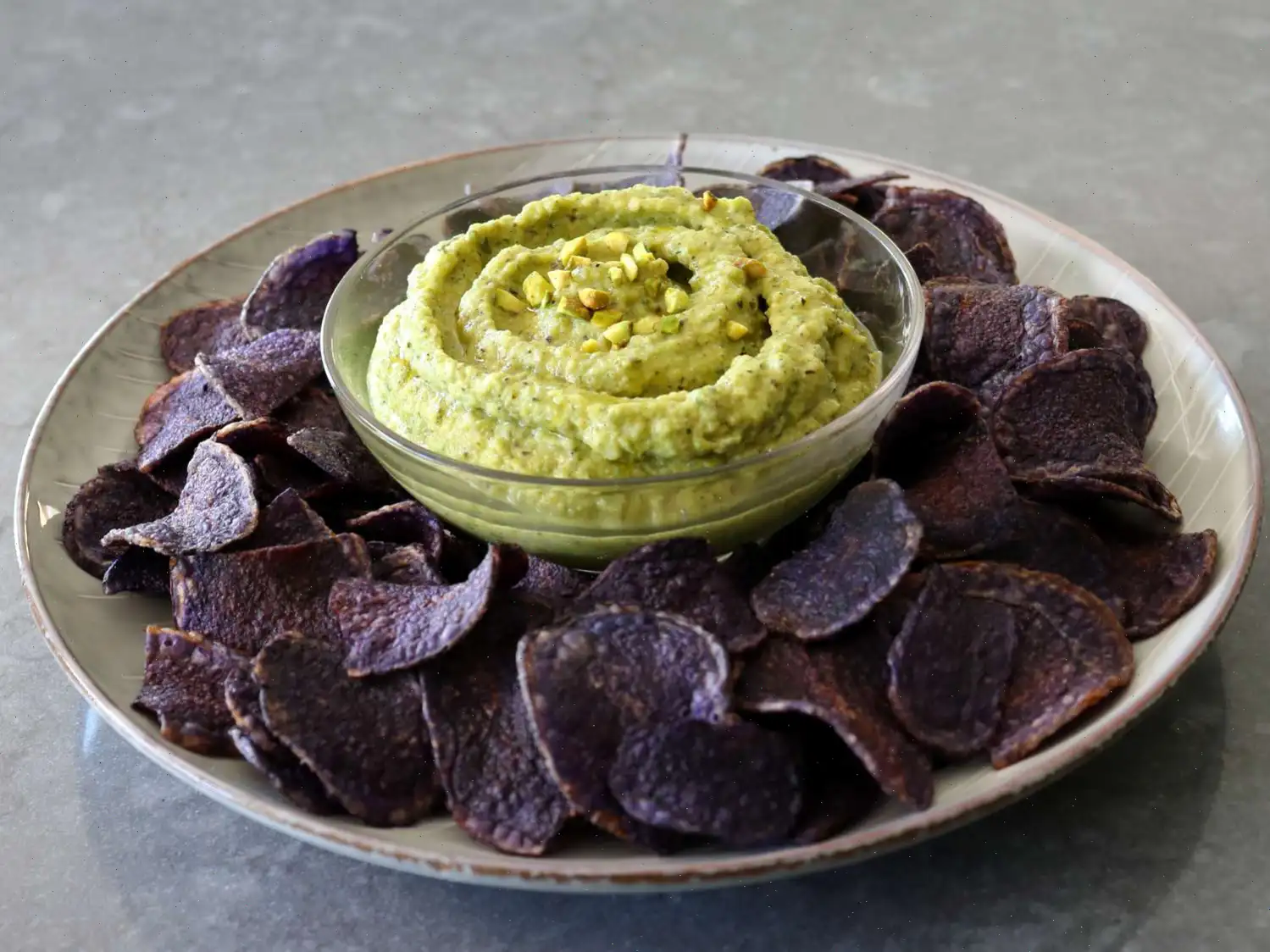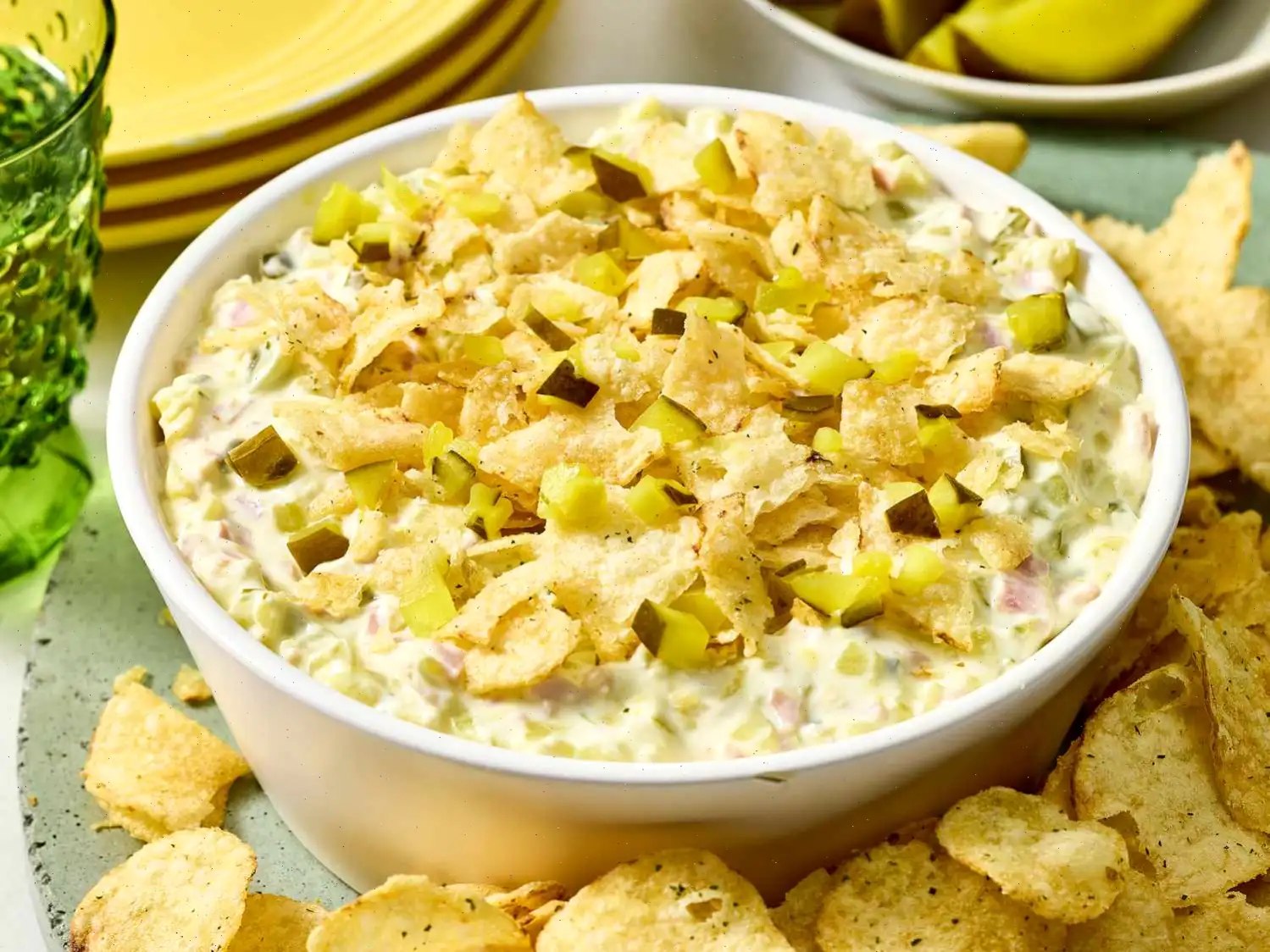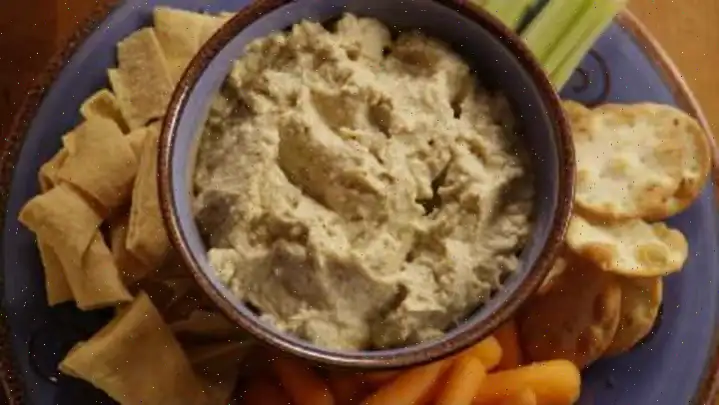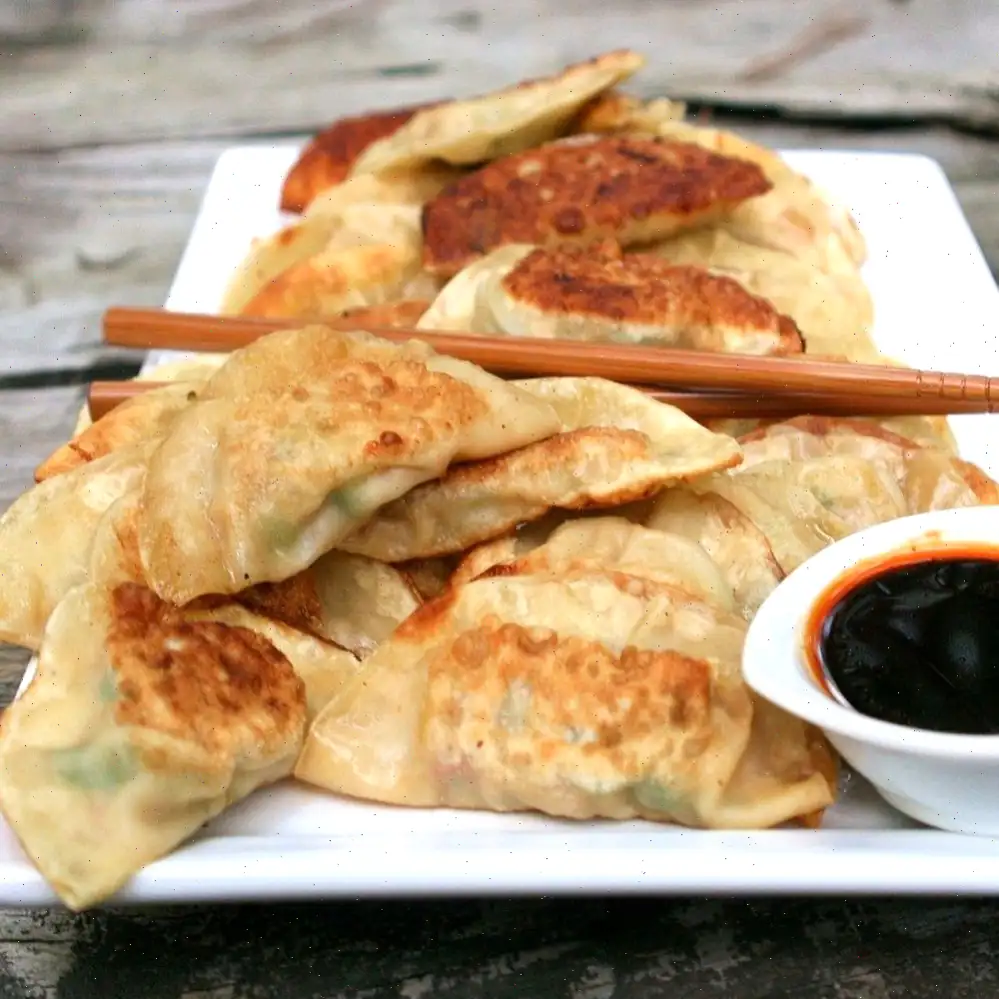
Crab Rangoon in the Air Fryer Recipe
Ingredients
- 1/2 cup seedless apricot fruit spread
- 1 tablespoon chili-garlic sauce
- 1 tablespoon less-sodium soy sauce
- 1/2 teaspoon orange zest
- 2 tablespoons freshly squeezed orange juice (from 1 orange)
- 4 ounces cream cheese
- 4 ounces fresh lump crabmeat, drained
- 2 tablespoons chopped fresh chives
- 2 teaspoons Worcestershire sauce
- 1 clove garlic, grated (about 1/2 teaspoon)
- 1/4 teaspoon freshly ground black pepper
- 1/8 teaspoon salt
- 18 wonton wrappers
- Cooking spray
Directions
- In a small bowl, combine the apricot spread, chili-garlic sauce, soy sauce, orange zest, and orange juice. Mix well to create the dipping sauce.
- Preheat the air fryer to 350F (175C).
- In another bowl, stir together the cream cheese, crabmeat, chives, Worcestershire sauce, grated garlic, black pepper, and salt to prepare the filling.
- Place 6 wonton wrappers on a flat surface, keeping the remaining wrappers covered to prevent them from drying out.
- Spoon about 2 teaspoons of the crab filling onto the center of each wonton wrapper.
- Lightly wet the edges of each wrapper with water. Fold the two opposite corners of the wrapper over the filling and press to seal.
- Fold the remaining two corners of the wrapper toward the center, pressing to seal the edges and enclose the filling. Repeat this process with the remaining wrappers and filling.
- Spray the dumplings lightly with cooking spray and place them in a single layer in the air fryer basket. If needed, cook in batches.
- Air fry the dumplings for approximately 8 minutes, or until they are crispy and golden brown.
- Serve the dumplings hot with the dipping sauce on the side.
Nutrition Facts (per serving)
| Nutrition Information | Amount |
|---|---|
| Calories | 187 |
| Total Fat | 6g |
| Saturated Fat | 3g |
| Cholesterol | 43mg |
| Sodium | 476mg |
| Total Carbohydrate | 25g |
| Dietary Fiber | 1g |
| Total Sugars | 9g |
| Protein | 8g |
| Vitamin C | 6mg |
| Calcium | 50mg |
| Iron | 1mg |
| Potassium | 155mg |
Percent Daily Values are based on a 2,000-calorie diet. Your daily values may be higher or lower depending on your calorie needs.
The Fascinating Story Behind Crab Rangoon
Crab Rangoon is a quintessential example of Chinese-American cuisine, a fusion that blends traditional Chinese ingredients with American culinary creativity. Despite its popularity in the United States, this dish does not have a long history in China. The first recorded appearances of Crab Rangoon date back to mid-20th century America, particularly in Polynesian-themed restaurants known as "Tiki bars," where chefs experimented with exotic flavors and fried appetizers. Cream cheese, a distinctly American ingredient, became a key component, giving the dish its signature creamy filling. Its name, Rangoon, references the former capital of Burma (now Yangon, Myanmar), though the dish itself has no historical roots there; the exotic name was likely chosen to enhance the dishs allure for Western diners.
Regional Variations and Features
While Crab Rangoon is widely served across the United States, subtle regional variations exist. In the Pacific Northwest, chefs often incorporate fresh local Dungeness crab, giving the filling a sweeter, richer flavor. In the South, spicy twists with cayenne pepper or hot sauce may appear in the cream cheese mixture. Coastal regions emphasize crab freshness, while inland adaptations often rely on imitation crab or canned crab meat. Regardless of location, the air-fried version has recently gained popularity, offering a lighter, crispier alternative to the deep-fried classic without sacrificing taste.
How Crab Rangoon Stands Out
Crab Rangoon differs from similar dishes like traditional wontons or shumai in several key ways. Unlike typical Chinese dumplings, which usually feature pork, shrimp, or vegetables wrapped in thin dough, Crab Rangoon uniquely combines cream cheese with crab meat. Its folded shape, often with pointed corners and a golden-brown exterior, distinguishes it from standard dumplings. The dish also typically comes with a sweet and tangy dipping sauce, which contrasts the savory filling and adds a distinctive flavor dimension.
Where You Usually Find Crab Rangoon
Crab Rangoon is most commonly found in Chinese-American restaurants, buffet lines, and Tiki bars. It is typically served as an appetizer or finger food, making it a popular choice for parties, gatherings, and casual dining. In modern settings, it is also frequently featured in appetizer platters at weddings or catered events. The rise of air fryers has further increased its presence in home kitchens, allowing cooks to prepare this crunchy delicacy without the need for deep frying.
Interesting Facts About Crab Rangoon
- The dishs popularity surged in the 1950s, coinciding with the Tiki bar craze and post-war fascination with Polynesian culture in America.
- Despite its name, Crab Rangoon has no authentic Burmese origin; the Rangoon label was primarily marketing-driven.
- Air-frying Crab Rangoon reduces oil content by up to 70%, making it a healthier version of the traditional deep-fried snack.
- Some culinary historians suggest that the dish was inspired by a combination of Chinese wonton recipes and American love for creamy cheese-filled appetizers.
- Modern variations sometimes include unique fillings such as lobster, spinach, or jalapeo for creative spins on the classic.
Crab Rangoon remains a beloved example of culinary fusion, blending creamy, savory, and crispy elements into one bite-sized delight. Its history, regional adaptations, and playful presentation ensure it continues to capture the imagination and taste buds of food enthusiasts everywhere.


